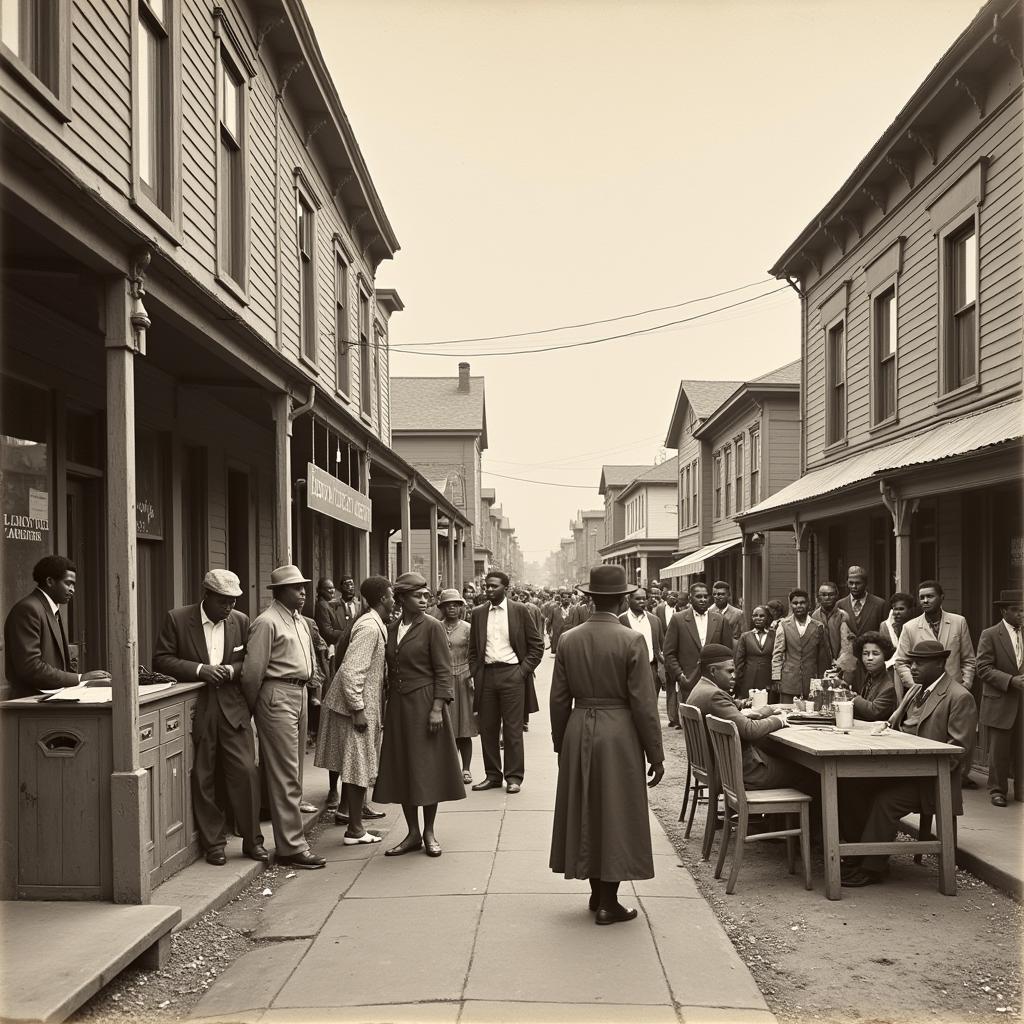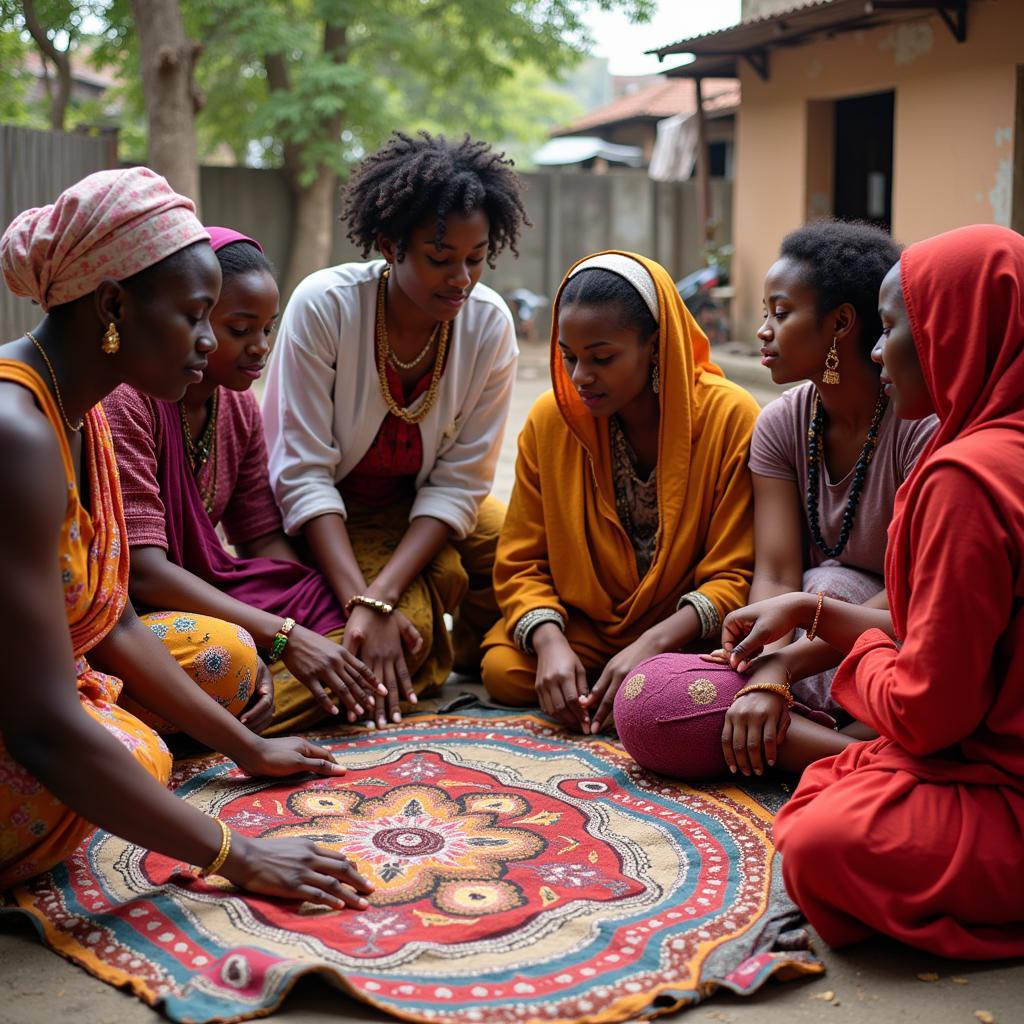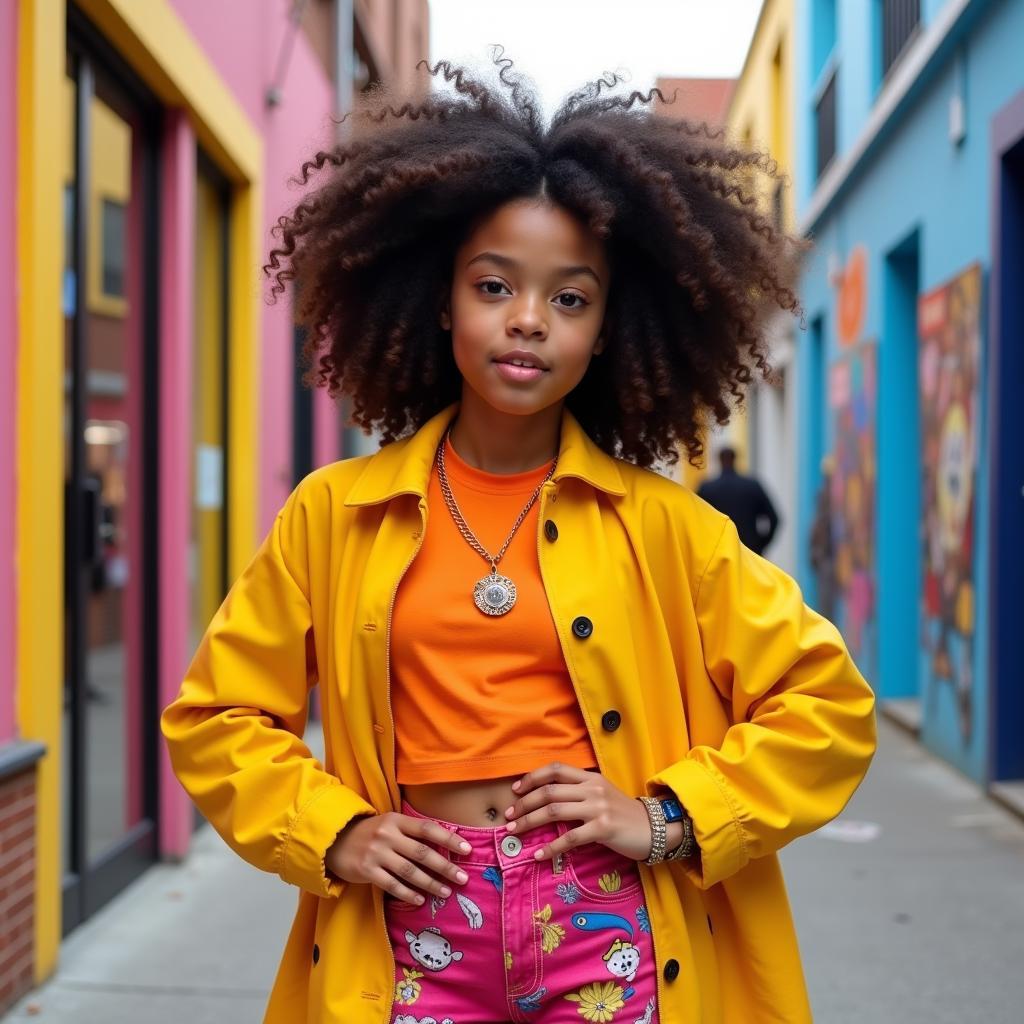African Hair Before Slavery: A Rich History of Diversity and Tradition
African Hair Before Slavery was a complex tapestry of styles, traditions, and cultural significance. Far from the homogenous image often portrayed, hair care and styling in pre-colonial Africa reflected the continent’s vast diversity. Each region, tribe, and even social status boasted unique hair practices, demonstrating a sophisticated understanding of aesthetics, spirituality, and social communication. This article will delve into the fascinating world of African hair before slavery, exploring its rich history, intricate styles, and enduring legacy.
Unraveling the Myths: Beyond the Single Narrative
Western narratives often simplify African hair into a single, often negative, stereotype. However, pre-colonial African hairstyles were incredibly diverse. From intricate braids and elaborate cornrows to elegant twists, locks, and even shaved heads, hair symbolized identity, status, and belonging. These styles weren’t merely aesthetic choices; they were deeply embedded in cultural and spiritual beliefs. For example, certain hairstyles marked rites of passage, signified marital status, or even conveyed messages in times of war. This rich history is essential to understand the true legacy of African hair.
The diversity of hairstyles also reflected the different textures and types of hair found across the continent. From tight curls to looser waves, Africans developed methods and products tailored to their specific hair needs, utilizing natural ingredients like shea butter, baobab oil, and plant extracts. These traditional hair care practices highlighted a deep respect for natural beauty and resourcefulness.
The Social and Spiritual Significance of African Hair
Hair held a profound spiritual significance in many African cultures. It was seen as a connection to the divine, a source of power, and a symbol of one’s ancestry. Certain hairstyles were believed to facilitate communication with ancestors and spirits. The care and attention given to hair reflected a deep reverence for its spiritual importance. For instance, specific hairstyles were reserved for ceremonies, religious practices, and important social gatherings. The elaborate nature of these styles emphasized the sacredness of the occasion.
African American sister figurines can often depict hairstyles from different eras, while resources like those from African American publishers can provide further insight into the history of African hair.
Hair also served as a form of social communication. Hairstyles could indicate a person’s tribe, age, marital status, wealth, and social standing within the community. Intricate and elaborate styles often signified higher status, while simpler styles were more common among younger members or those of lower social rank. This visual language allowed for quick identification and fostered a sense of community and belonging.
The Power of Braids: More than Just a Hairstyle
Braiding, in particular, held a prominent place in African hair culture. From simple three-strand braids to complex cornrow patterns, braiding techniques were passed down through generations. These intricate designs often incorporated symbolic elements, representing stories, proverbs, or even maps of villages. The time and effort invested in creating these elaborate braids demonstrated the importance of community and the strong bonds between individuals.
African Black Mary American Black explores the shared experiences and cultural connections between African and African American communities, including the significance of hair.
The Impact of Slavery: A Legacy of Resilience
The transatlantic slave trade had a devastating impact on African hair traditions. The forced shaving of heads upon arrival in the Americas was a traumatic experience, stripping individuals of their cultural identity and spiritual connection. However, despite these attempts to erase African hair heritage, enslaved Africans found ways to maintain their traditions, often braiding their hair in secret or using limited resources to create styles that reminded them of their homeland. African American French roll hairstyle and other contemporary styles reflect echoes of these historical practices.
Conclusion: Celebrating the Enduring Legacy of African Hair
African hair before slavery tells a story of creativity, resilience, and cultural richness. It was a powerful form of self-expression, a marker of identity, and a symbol of spiritual connection. Understanding this rich history is crucial to challenging stereotypical representations and appreciating the enduring legacy of African hair. As we continue to learn and celebrate the diversity of African hairstyles, we honor the generations who have kept these traditions alive.
FAQ
-
What were the most common hairstyles in pre-colonial Africa? Braids, twists, locks, afros, and shaved heads were among the most common hairstyles, varying widely by region and culture.
-
What did African hair symbolize before slavery? Hair symbolized identity, status, spirituality, and social communication.
-
What natural ingredients were used for hair care? Shea butter, baobab oil, and various plant extracts were commonly used.
-
How did slavery impact African hair traditions? Slavery attempted to erase African hair heritage through forced shaving, but enslaved Africans found ways to maintain their traditions.
-
Why is it important to understand African hair before slavery? It challenges stereotypes, celebrates cultural richness, and honors the legacy of African hair.
Further Questions and Resources
- Explore the evolution of African hairstyles through different historical periods.
- Research the specific hair traditions of various African tribes and ethnic groups.
- Learn about the ongoing influence of African hairstyles on contemporary fashion and beauty trends.
For any assistance, please contact us: Phone: +255768904061, Email: [email protected], or visit our office at Mbarali DC Mawindi, Kangaga, Tanzania. We have a 24/7 customer service team.



